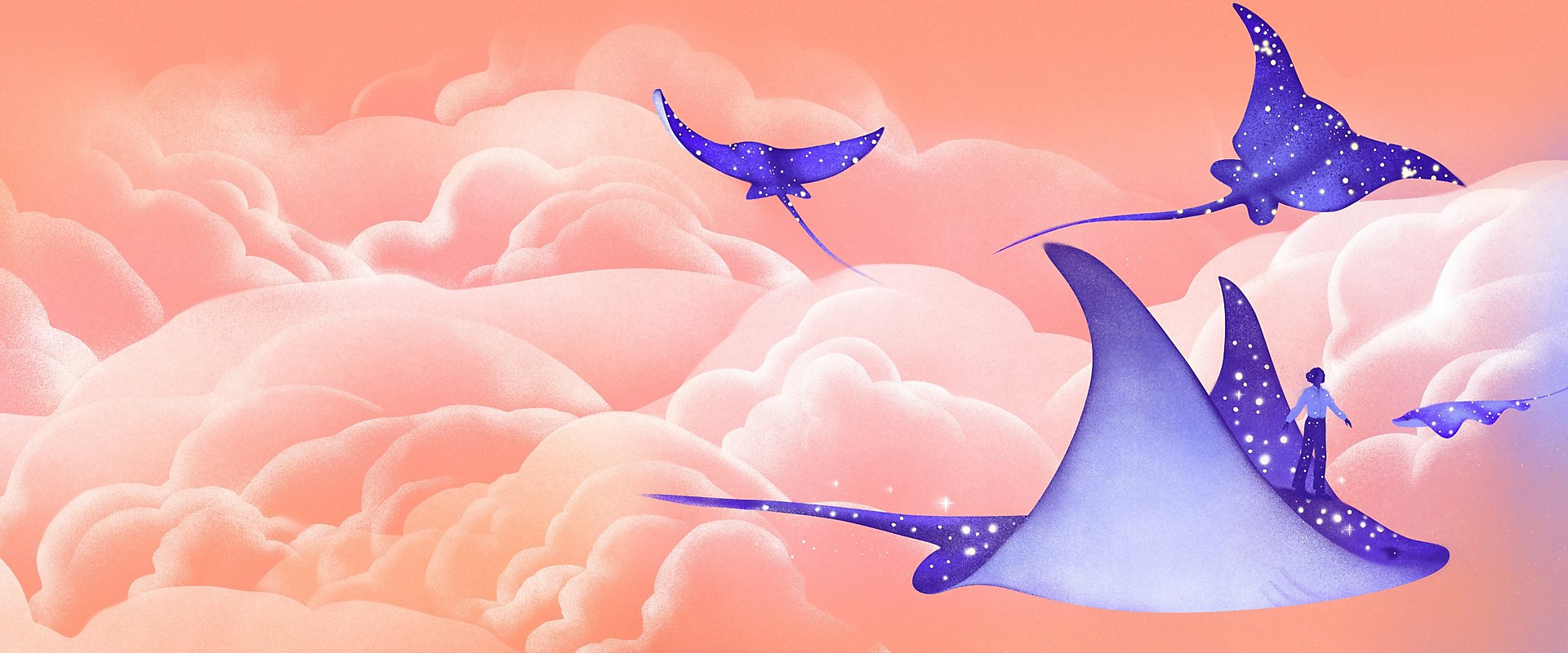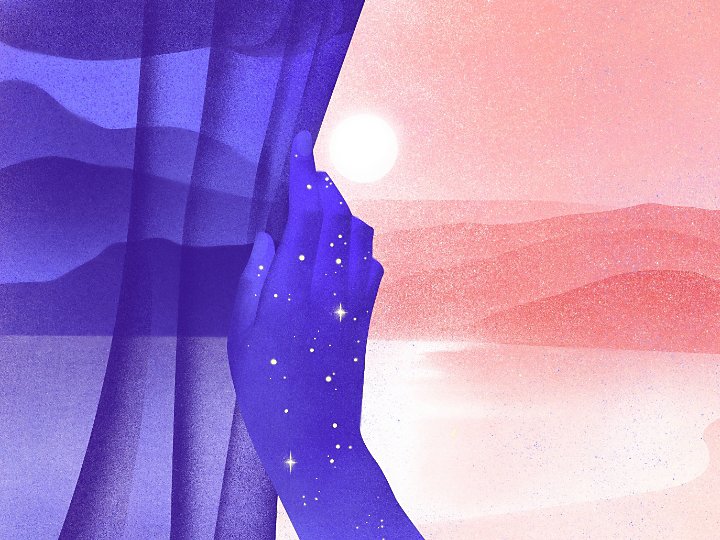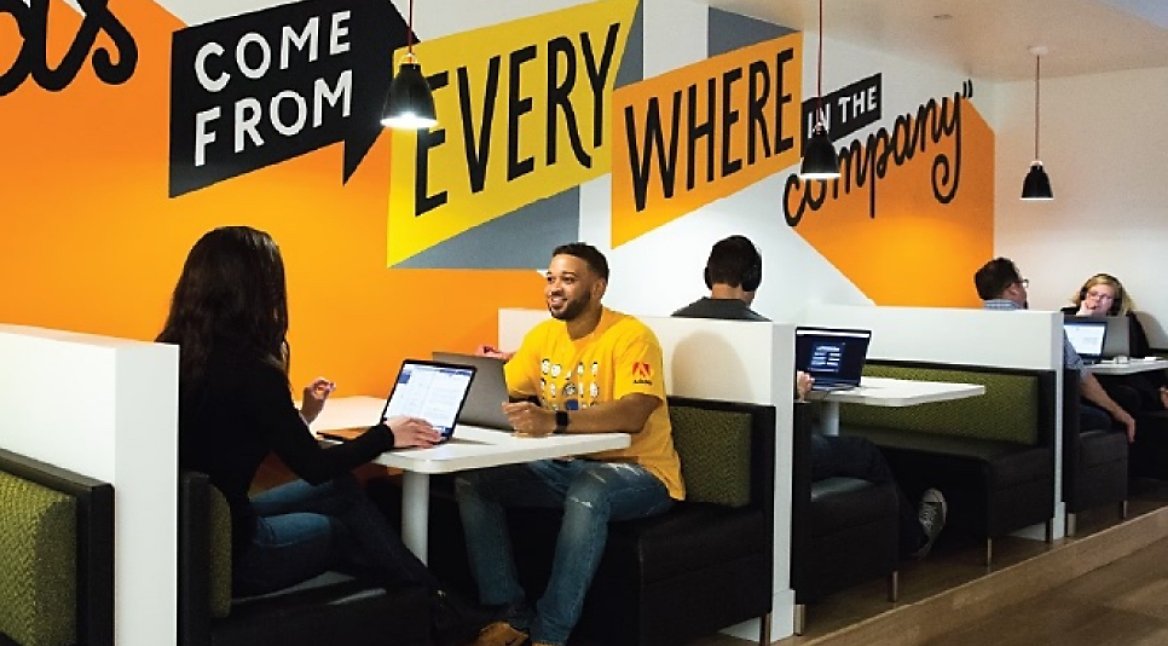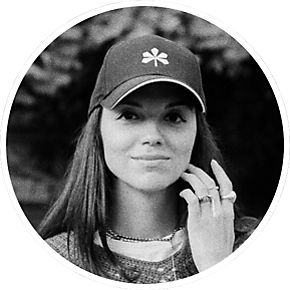Adobe Creative Residency
Everyone has a story to tell.
Those stories deserve to be heard.
Through the Adobe Creativity Residency program, we’re giving creators of all backgrounds greater opportunities to share their stories and pursue their dreams. The Creative Residency supports creativity in the community in two ways: through museum collaborations and the Community Fund.


CREATIVE RESIDENTS
Adobe x Museums
Adobe and the Adobe Foundation are collaborating with four international museums. This collaboration provides greater community access to the arts and creative programming at each museum. Additionally, select museums amplify diverse voices by hosting Creative Residents.

Community Fund
The Community Fund provides support to creators during times of extraordinary hardship. We are currently supporting creators who have been directly impacted by the Russian invasion of Ukraine in 2022.
Other programs to check out.

Adobe Career Development programs
Check out some unique Adobe programs designed to help you get to the next level.

Masha Foya
Artist, recipient of Adobe Creative Residency Community Fund grant.
Masha is an illustrator based in Ukraine who uses her unique style to explore new ways of conveying emotion through art by breaking from literal representation. Masha studied fine arts at Kyiv Polytechnic University.